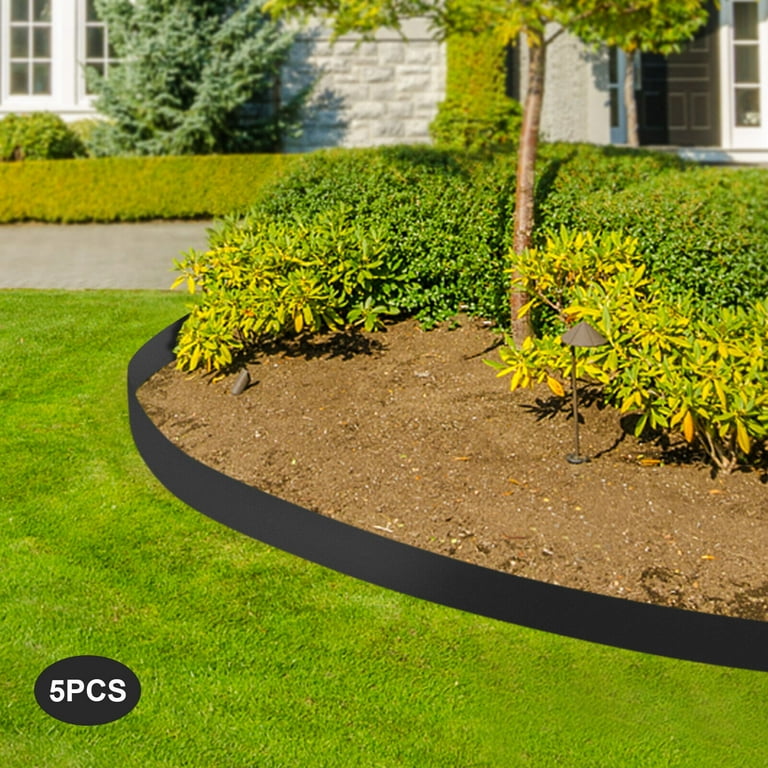blazingmike15
98 posts
Nov 03, 2025
7:37 AM

|
Driveway edging plays a crucial role in both the aesthetics and functionality of your driveway. Among the materials available, steel edging stands out for its durability, sleek appearance, and ability to maintain clean lines. However, installing steel edging securely requires careful planning and execution. Here are some essential tips to ensure your steel driveway edging is both strong and long-lasting.

1. Choose the Right Steel Material
Steel edging comes in various types, including galvanized, corten, and stainless steel. Each has its advantages:
Galvanized steel: Offers rust resistance and affordability.
Corten steel: Develops a natural rust patina that protects it from further corrosion, ideal for a rustic look.
Stainless steel: Provides the highest corrosion resistance and a modern, polished finish.
Selecting the right material for your climate and aesthetic preference ensures longevity and reduces maintenance needs.
2. Plan Your Layout Carefully
Before installation, outline the driveway edge using stakes and string. This helps visualize the final layout and ensures straight or curved edges are precise. Measuring twice and marking clearly driveway edging prevents uneven placement and costly adjustments later.
3. Excavate a Solid Base
Steel edging needs a stable foundation to prevent shifting over time. Excavate a trench along the marked line, typically 3–4 inches deep and slightly wider than the steel strip. Filling the trench with compacted gravel or crushed stone provides stability and encourages proper drainage.
4. Secure Steel with Anchors or Spikes
Most steel edging requires anchoring to keep it upright and in place. Use steel spikes or specialized anchoring pins, driving them at regular intervals (usually every 12–18 inches). Ensure each spike is fully embedded to prevent movement during harsh weather or heavy vehicle use.
5. Overlap or Butt Edges Correctly
If your driveway requires multiple steel pieces, decide whether to overlap edges or butt them together. Overlapping provides extra strength, while butting gives a seamless appearance. Use connectors or additional stakes at junctions to maintain stability and alignment.
6. Backfill and Compact
Once the steel edging is in position, backfill the trench with soil or gravel, pressing firmly against the steel. Compacting the material around the edging reduces gaps, prevents shifting, and maintains the driveway’s clean edge over time.
7. Regular Maintenance
Even though steel is durable, periodic maintenance enhances its lifespan. Inspect the edging for loose spikes or shifting, and recompact soil or gravel as needed. For corten or galvanized steel, cleaning and light rust treatment can keep the edging looking its best.
Conclusion
Secure steel driveway edging combines practicality with modern aesthetics. By choosing the right material, preparing a solid base, anchoring properly, and maintaining your installation, your driveway edges will remain crisp, stable, and visually appealing for years. Investing time in proper installation pays off with a driveway that looks polished and stands up to daily wear and tear.
|